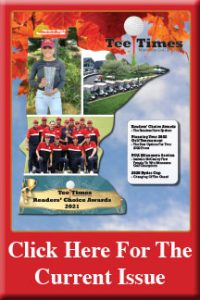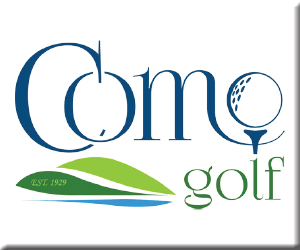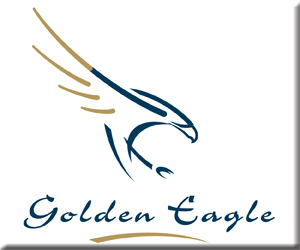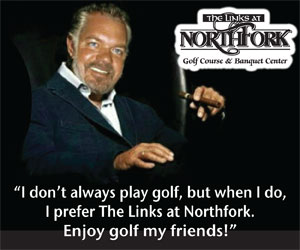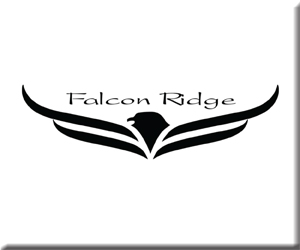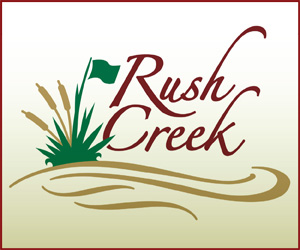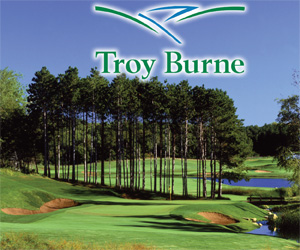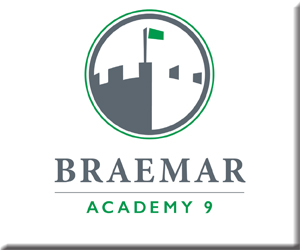SHERLOCK HOLMES – GOLF INSTRUCTOR
By Tom Abts
In March 1978, while in my Senior Year of college, I had three books on my nightstand: “The Outline of History” by H.G. Wells; “The Seven Story Mountain” by Thomas Merton; and “Power Golf” by Ben Hogan.
Forty years later, I’m still on the same search. I continue to read history books, and theology books, and golf instruction books.
I’m sorry to say that I don’t have any of those subjects figured out. I like to think I know more than I did 40 years ago, but not as much as I hoped I would know by now.
However, I love the search for answers. We all do – that’s why mystery/detective novels are so popular. Sherlock Holmes stories have been read for over the past 100 years. And, I believe that Agatha Christie is the best selling author of all time.
What does this have to do with golf? I think you Sherlocks know where I’m going … figuring out the golf swing is like solving a mystery. I think a good golf instructor has to enjoy the challenge of not only figuring out the great mystery of the golf swing … but, also has to be a detective in seeing what is needed to help an individual student.
Profound knowledge of the golf swing is not enough to help a student… the ability to diagnose what is needed is just as important, and then the ability to articulate the diagnosis and then the ability to prescribe the proper remedy. Sounds a lot like a doctor. But a good doctor is also a detective.
I’m a member of a bunch of golf sites. Some are only concerned about golf instruction and some are only concerned about the business of golf. The biggest site I’m on is called “Old School Golf.” I think it has about 5,000 members, and 2,500 of those are golf instructors. The guy who runs the site is named Judge Tinker, and he’s a real character. Judge thrives on stirring the pot. He’s pretty tough on golf operators and golf instructors, but in a good way. He loves golf and wants to see it thrive. Judge doesn’t believe that business just falls in your lap. He says that golf operators and instructors need to get creative and get skilled at marketing.
These 2,500 “Old School Golf” instructors love arguing swing theory more than anything. And I get that… I love talking swing theory too. But, I get frustrated with golf swing theory discussions when they become one-size-fits all. This is the opposite of being Sherlock Holmes… this is being Stalin. Most of these theories are rigid and dogmatic. They’re about making the student fit the model, rather than finding the keys to a successful golf swing, and from there finding a way to match the keys to a particular student.
It’s the same thing with golf course operators. Again, the one-size-fits-all model doesn’t work. Golf course operators need to solve the mystery of who they are and why.
The fun part of running a business or teaching a subject is the Sherlock Holmes part. But, people are afraid of being wrong, and then being blamed. Coming up with a model that takes no thinking can seem preferable to taking the risk of solving the mystery. Some people would say that the mystery has been solved. They know the perfect model for a golf course operation. Or they know the perfect model for the golf swing. I couldn’t disagree more. Circumstances change. Locations and markets are different. People are different. This one-size-fits-all mentality is lazy and basically stupid. Sherlock Holmes was neither lazy nor stupid.
So, if Sherlock was analyzing golf swings, what would he notice? First, that the good player hit the ball to a target area. That’s because he swings the club with enough speed and control to control the where the ball goes. I used control twice in that sentence – Holmes would notice that. The key to golf is control. If your hands are not in control of the club – you’re in trouble. If your body gets out of control – you’re in trouble. But, to hit the ball far enough to reach the landing areas and greens, you need to swing the club fast enough to achieve those distances. Some people can do it with a short swing, and some don’t lose control with a long swing. Some people need to be very steady to be in control, and other people can use a lot of motion and still be in control. These variability’s change from person to person. There is not one model swing to fit everyone. The teacher needs to look for clues. I always ask what sports they play or used to play. This gives me ideas of what motions they are comfortable with. Bad golf comes from a lack of control. We have to find out why they lose control.
An unsuccessful golf course is not in control. But like the golf swing, it needs motion. Motion for a golf course is activity. An active golf course has a full tee sheet. To be in control, the operator has to know who his market is and provide the golf experience that the market wants, then control the aspects of the operation while continuing to keep in motion. Just like a good golf swing.
Maybe the next Sherlock Holmes series is about his attempts at running a golf course and giving lessons.



